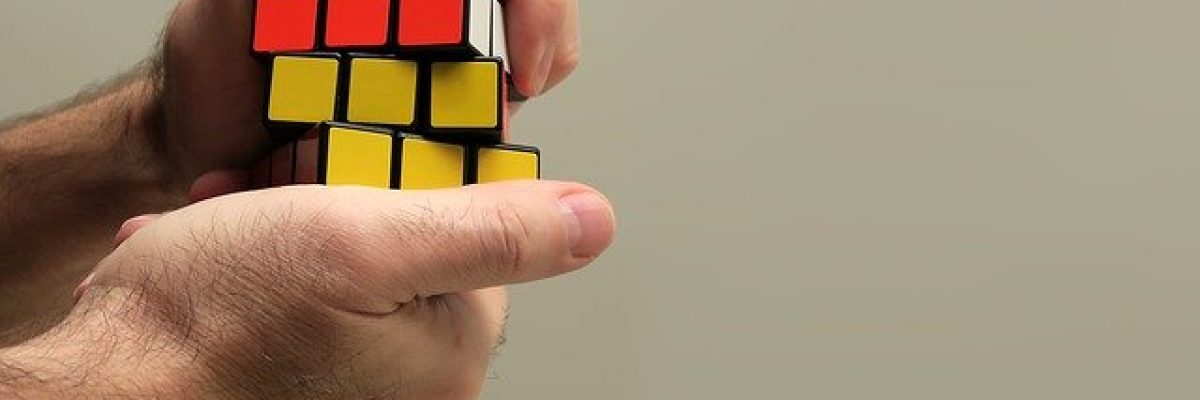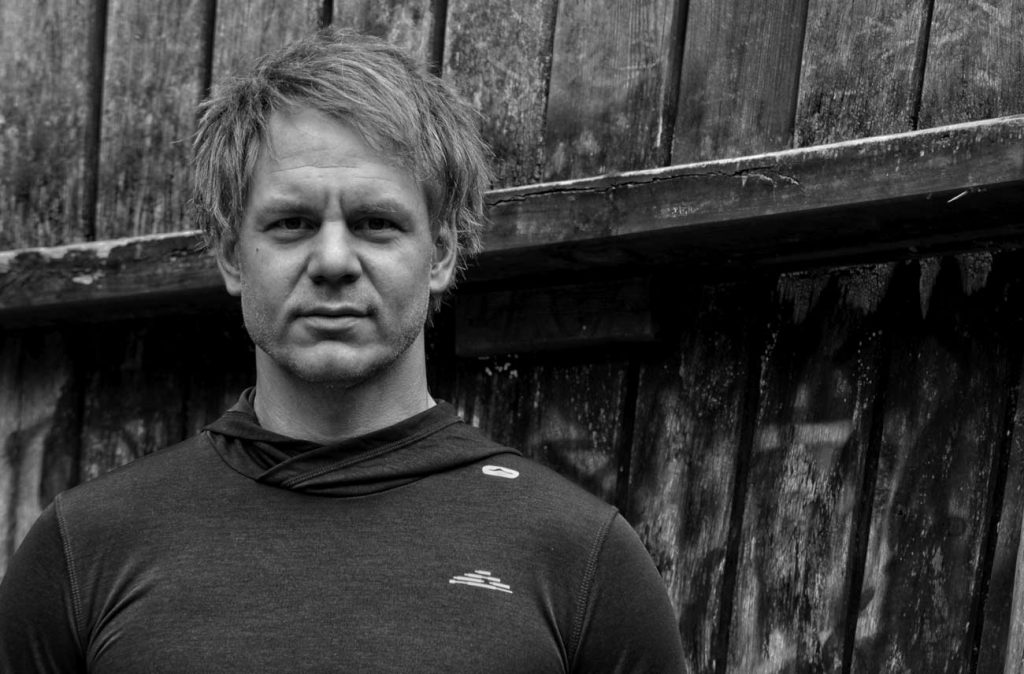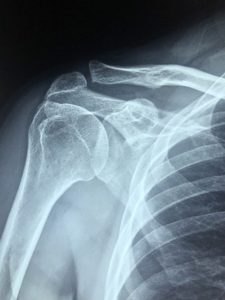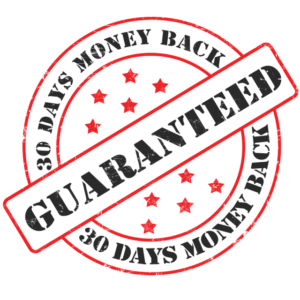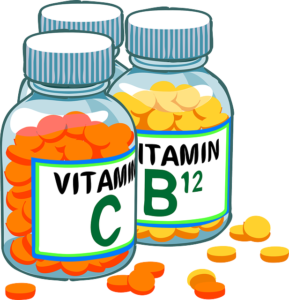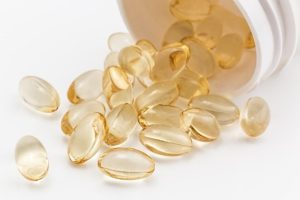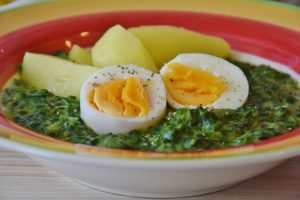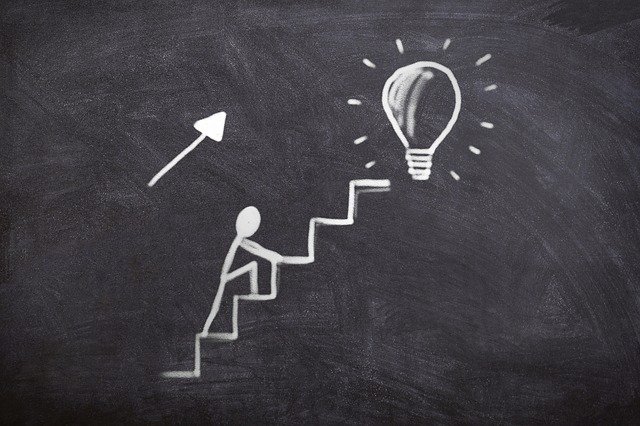The pain relieving expert explains his approach to reducing, improving and ultimately eliminating osteoarthritis pain. Why can’t the conventional approach lead to long-term freedom from pain? Before you say anything, read the article first…. Ready? Let’s get started. ![]()
Most osteoarthritis patients go to the doctor at some point because of increasingly severe joint pain. What is the subsequent course of action? Little successful physiotherapy, taking stronger and stronger painkillers, operations and finally artificial joint replacement. Many doctors are of the opinion that this process is unavoidable because joint wear and tear and pain increase with age.
Osteoarthritis is a degenerative joint disease characterised by severe wear of the cartilage. Every joint has both agonists – muscles that can bend the joint in a certain direction – and antagonists – muscles that can move it back in the opposite direction. Since the cartilage is not supplied with blood, it has to absorb the necessary nutrients from the surrounding joint fluid.
This works according to the sponge principle: every time the joint is loaded and the cartilage is thus compressed, all waste products are squeezed out of it. This creates a light, biologically normal abrasion that is regenerated by the healthy body. When the joint is relieved, the cartilage again absorbs joint fluid and takes up new nutrients.
What happens now, in the joint, when biologically predetermined joint angles are no longer fully executed? In very simplified terms, 2 things happen: The joint no longer moves to its full extent. It follows that the angle that is mainly used is responsible for above-average wear of the cartilage. The normal regeneration, which normally copes easily with this, can no longer make up for this abrasion.
The above-mentioned sponge principle, by which cartilage is nourished, also becomes skewed, as the load in the joint becomes uneven. Parts of the joint are pressed together too much and are worn away too quickly, other parts are pressed less and pulled apart. An undersupply in the joint is the result. This is comparable to wearing a strong rubber band, very tight, on the upper arm. After a few minutes, the fingers become numb. And now transport this process to a period of 10, 20… 30 years.
What happens in the brain? The brain realises that there is a potential overload in the joint. To prevent the “harmful movement”, the brain sends an impulse, a pain, to the joint in question. Why? To prevent the “destructive” movement. Could it be that the solution to the problem lies in “simply” reducing the excessive tension in the joint to signal to the brain that everything is okay again? The brain would then not need to send an alarming pain into the joint to protect the structure?
I know, I know… so simple ? The solution is supposed to be that simple?
So much in advance… does my approach work? Based on what my clients tell me…. Would I write an article like this if it didn’t?
Is it possible to see osteoarthritis on an MRI and still not have pain? Of course it is. If you are interested to know more, I can recommend my webpage: www.mattireimer.ie Check the “My Blog” Section.
Do you have any questions?
Let me know. See you next time.
Stay strong.
Matti

